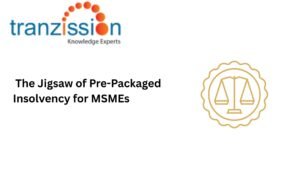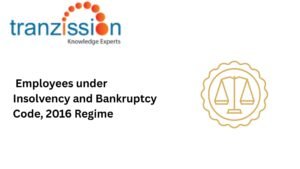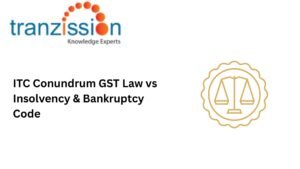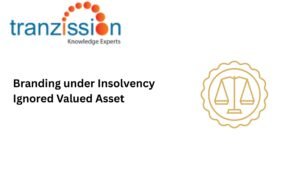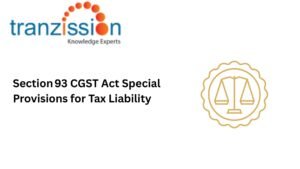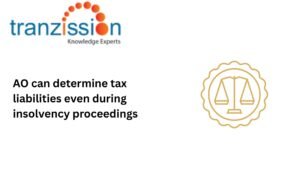
Avoidance Transaction under IBC: Key Factors
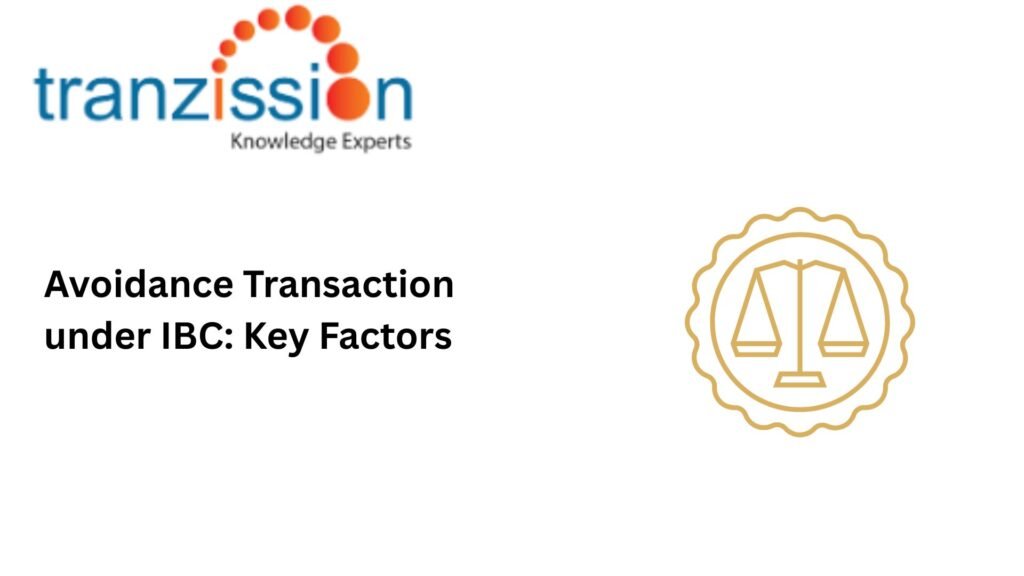
Table of Contents
Avoidance Transaction under IBC are actions taken by a debtor before entering insolvency proceedings that are deemed to unfairly benefit certain creditors or reduce the value of the estate available to all creditors. The existence of such transactions discourages debtors from engaging in transactions that could harm creditors as they can be undone in the future. Further, it helps maximise the value available to all creditors, ensuring a fairer distribution of assets.
Legal Framework & Types of Avoidance Transactions
Avoidance provisions allow for the recovery of assets transferred away from the debtor’s estate through transactions like preferential payments, undervalued sales, or fraudulent transfers.Sections 43-51 of the IBC provide the statutory basis for this, allowing for the avoidance of preferential, undervalued, fraudulent, and extortionate credit transactions.
- Section 43 deals with transactions where the corporate debtor has given preference to a creditor, surety, or guarantor, potentially putting them in a better position than they would have been under normal distribution of assets. It defines a “relevant time” for scrutiny of such transactions, with a two year look back period for related pirates, excluding employees, and a one year look back period for all other parties, both calculated from the insolvency commencement date. This means that the insolvency professional (IP) can examine transactions within these timeframes to determine if they were preferential.
- Section 45 deals with undervalued transactions, which are essentially gifts, or transfers of assets by a corporate debtor for significantly less than their actual value, especially when not in the ordinary course of business. The look back period, during which such transactions are scrutinized is one year for unrelated parties and two years for related parties, both preceding the insolvency commencement date.
- Section 49 deals with transactions intended to defraud creditors, and it is linked with section 69 of the IBC which outlines penalties for such actions. There is no look back limitation for fraudulent transactions, meaning they can be examined and addressed regardless of when they occurred. Section 69 specifies that corporate debtors or their officers involved in defrauding creditors can face imprisonment and fines.
- Extortionate Credit Transactions are given under section 50 of the IBC. It allows a liquidator or resolution professional (RP) to challenge loans with unfair or exorbitant interest rates or repayment terms that were given to a corporate debtor within two years before the insolvency process. The goal is to protect companies from being exploited by lenders offering excessively harsh credit terms.
Detection Red Flags & Indicators
- Scrutinizing transactions are necessary to determine if they unfairly favour certain credits, transfer assets at undervalued prices, involve extortionate credit terms, or are fraudulent in nature. These transactions, if identified, can be reversed to ensure a fair distribution of the corporate debtor’s assets. The key indicators of such transactions are cash-heavy deals, related-party dealings, shell vendors, frequent auditor changes, and director independence concerns.
- RPs have an important role in identifying and initiating actions, while the CoC provides oversight and contributes to the process. The RP investigates potential Avoidance Transaction under IBC and, after consulting with the CoC, files applications with the National Company Law Tribunal (NCLT) to seek appropriate relief. The CoC cannot direct the RP on these filing but can offer opinions and have their views recorded. Further, by focusing on regular reviews and preactive filings of necessary documents, the Insolvency and Bankruptcy Board of India (IBBI) aims to improve recovery rates, potentially by as much as 10%.
Scale & Recovery Current Landscape
Warning signs that suggest a transaction might be designed to conceal assets, defraud creditors, or avoid legal obligations, include:
- Volume of Avoidance Applications: Up to September 2023, 1,326 applications related to Avoidance Transaction under IBC, totalling ₹3.76 lakh crore, were filed under the IBC. These applicants, involving potential clawbacks of funds from transactions deemed detrimental to creditors, are reviewed by the NCLT.
- Realized Returns: Only a small portion of the disputed value in avoidance transactions has been recovered. Out of the significant amount of money tied up in these transactions, only 338 have been settled, resulting in a recovery of ₹7,516 crore. This represents a mere 0.3% of the total disputed value, highlighting a significant gap between the potential and actual recovery from such transactions.
- Barriers to Recovery: The process of investigating and adjudicating Avoidance Transaction under IBC can be lengthy and complex, leading to significant delays in resolution. Despite the potential for recovery, the actual recovery may not be as effective as intended. It also places a significant cost burden on the RP and potentially deterring them from pursuing such actions. Further, the jurisdiction of the NCLT and other authorities, regarding avoidance transactions can be unclear after the conclusion of the insolvency process, leading to confusion and potential disputes.
Read more : What is the purpose of AFA for Insolvency professionals?
Judicial Interpretation & Reforms
In IDBI Bank Ltd v. Jaypee Infratech Ltd., the NCLT ruled that mortgages created by Jaypee Infratech in favours of lenders of its holding company were preferential, undervalued, and fraudulent transactions under the IBC. The NCLT extended the look back period for related party transactions under Section 45 to these mortgages, effectively reversing them and ordering the lenders to release the security interest. Further, the Insolvency Law Committee has proposed amendments to the IBC to clarify that avoidance actions, such as those related to preferential transactions, can continue even after the proceedings conclude. This clarification aims to address uncertainty about whether such proceedings can survive the approval of a resolution plan.
Impact on Creditors & Governance
Avoidance transactions have serious impacts on creditors and corporate governance:
- Financial Upside for Creditors: By successfully pursuing these actions, creditors can claw back assets that were improperly transferred or disposed of, increasing the overall pool of assets avoidable for distribution among all creditors. It can also improve creditors’ recovery, by as much as 10%, according to the IBBI.
- Deterrent Against Asset Stripping: The IBC’s provisions aimed at preventing asset stripping before the commencement of the insolvency process can improve corporate discipline. By deterring the siphoning or dissipation of assets, these measures encourage facing potential insolvency. This, in turn, fosters a more stable and predictable environment for creditors and other stakeholders.
Best Practices & RP Toolkit
- Identifying potentially problematic transactions early on is essential, which involves scrutinising the corporate debtors financial records, transactions, and relationships with related parties for signs of avoidance transactions.
- RPs gather comprehensive and admissible evidence is vital for proving the existence and nature of avoidance transactions, including financial statements, contracts, communication records, and witness testimonies.
- The CoC needs to be regulatory updated on the progress of investigations into such transactions, ensuring transparency and allows the CoC to make informed decisions regarding potential litigation, settlements, or other recovery strategies.
- Settlement negotiations can be a faster and more cost-effective way to recover assets than pursuing lengthy and complex litigation.
- The CoC plays a crucial role in handling Avoidance Transaction under IBC, such as allocating resources for recovery and monitoring progress. They also consider the potential reputational impact of pursuing or not pursuing these transactions. Recovery from these transactions is crucial for reducing haircuts to creditors and maximising the value of the corporate debtor.
Conclusion : Avoidance Transaction under IBC
By reversing these Avoidance Transaction under IBC , avoidance provisions prevent a situation where some creditors are favoured over others, ensuring that all creditors have a fair chance at recovering their dues. While the yield from avoidance transitions during insolvency proceedings can be low, these transactions remain critical for optimising overall recovery creditors. Implementing legal reforms and pursuing these transactions strategically is essential to maximise their potential value and improve creditor outcomes.

